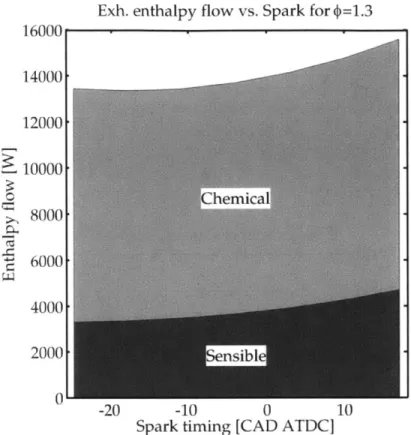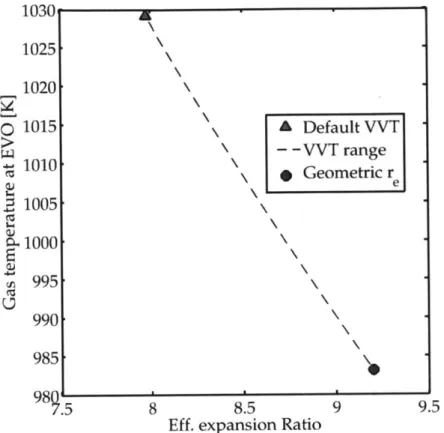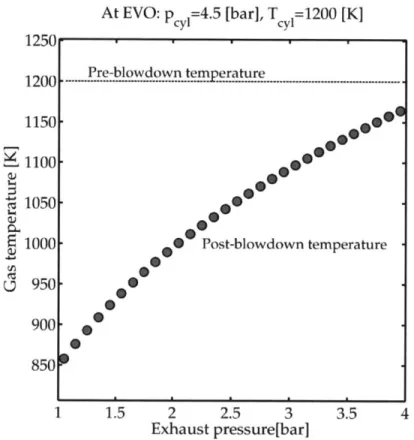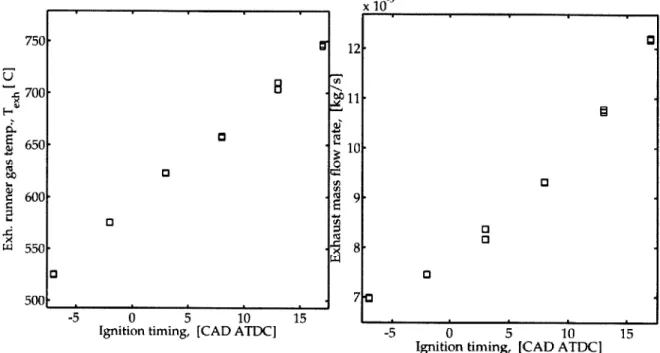Control strategy for hydrocarbon emissions in turbocharged direct injection spark ignition engines during cold-start
Texte intégral
Figure



![Figure 2-6: Late ignition timing leads to significant increase in exhaust gas mass flow rate for constant NIMEP=2.0 [bar] and D=I1.](https://thumb-eu.123doks.com/thumbv2/123doknet/14480937.524096/63.918.243.650.147.588/figure-ignition-timing-significant-increase-exhaust-constant-nimep.webp)
Documents relatifs
Instead of developing as a sphere, as in simulations, the kernel develops with a toroidal shape, then with a third-lobe structure, without relaxing toward a spherical shape even
The location of the detonation peninsula has been studied as a function of the hot spot characteristics, and as a function of four parameters characterizing
It was considered that the maximal dilution rate was reached when the coefficient of variation of Indicated Mean Effective Pressure (IMEP) exceeded 3% (usual
The major findings of the present study are that 1) lesioning of PPN cholinergic neurons resulted in a significant loss of DA neurons in the SNc of rats and atrophy of
scintillating screen that is collected by the lens and from the light lost in the lens as it makes its way to the CCD chip in the camera. 5) Efficiency of the CCD
Nous avons également constaté que leur survenue était largement plus fréquente à mesure que la course avançait, puisque les proportions retrouvées sont plus importantes
![Figure 2-7: Late ignition timing leads to significant increase in exhaust gas tempera- tempera-ture for constant NIMEP=2.0 [bar].](https://thumb-eu.123doks.com/thumbv2/123doknet/14480937.524096/64.918.255.693.93.535/figure-ignition-significant-increase-exhaust-tempera-tempera-constant.webp)




